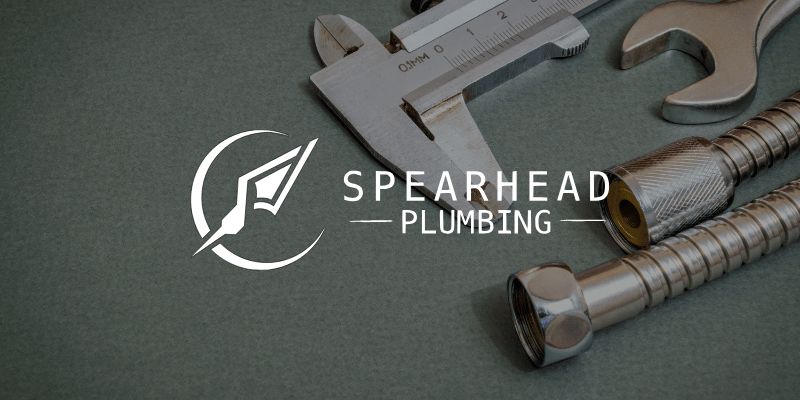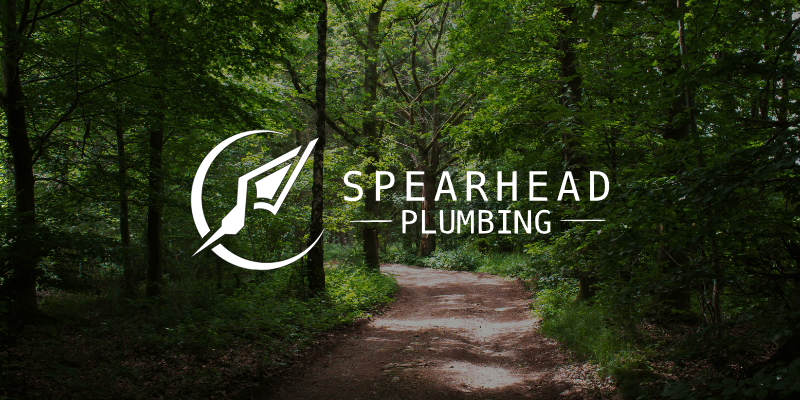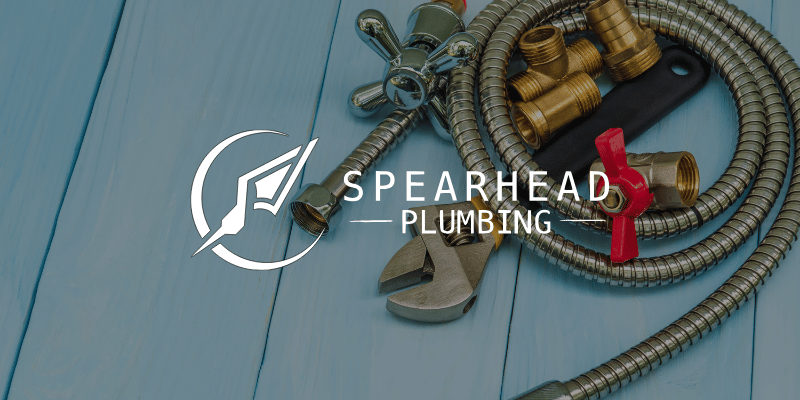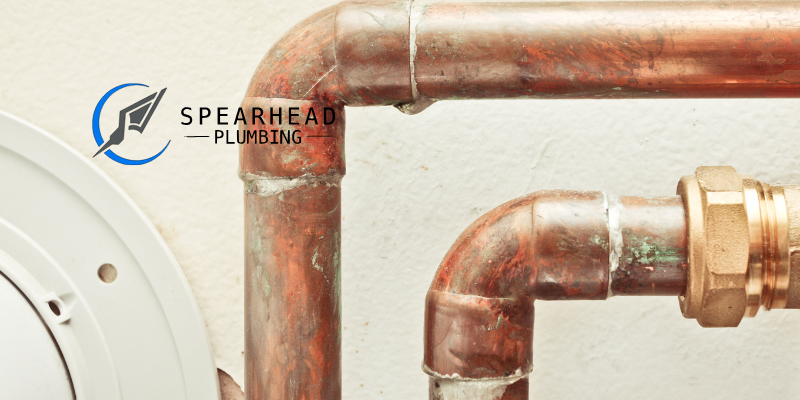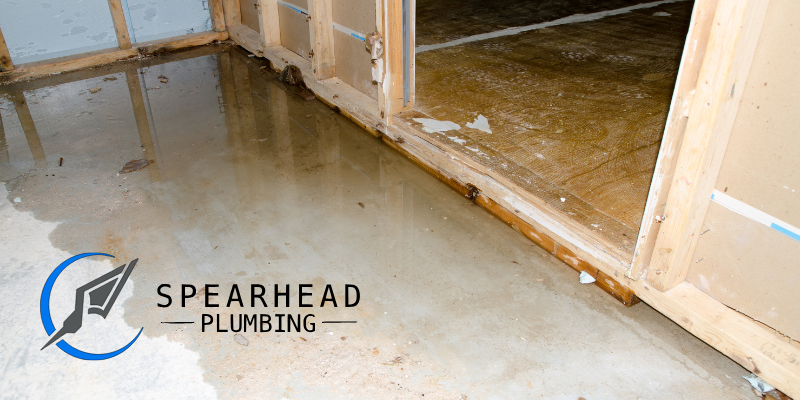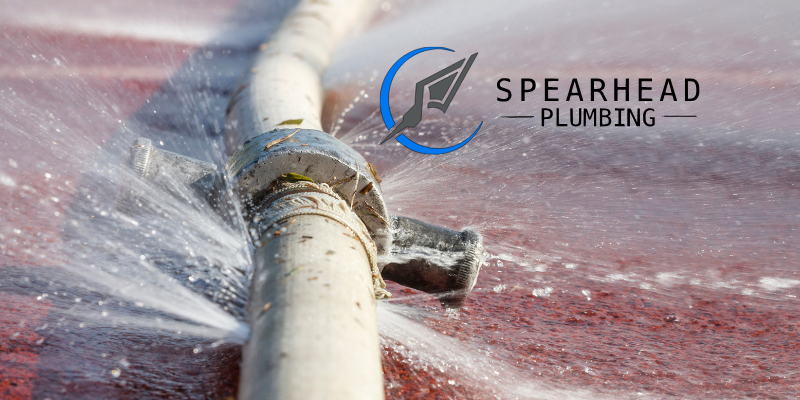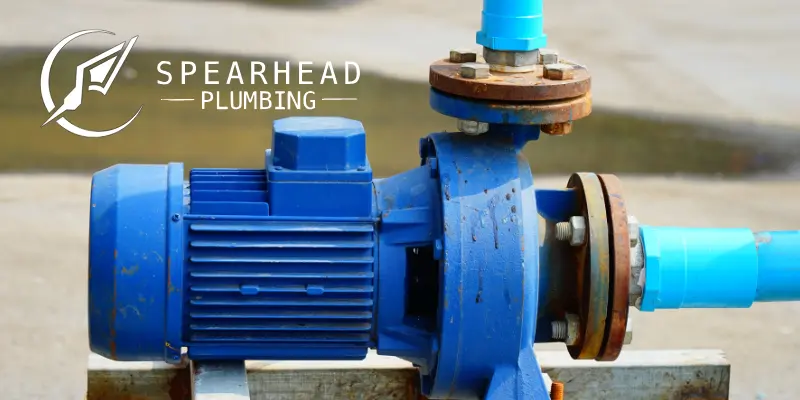
How to Identify and Fix Common Plumbing Leaks in Your Home
Plumbing leaks are one of the most common issues homeowners face, and even small leaks can lead to significant water damage if not addressed promptly. Knowing how to identify and fix leaks can save you time, money, and prevent further complications. In this guide, we’ll cover how to detect and repair common leaks in showers, garbage disposals, shut-off valves, and outdoor spigots.
- Signs of a Plumbing Leak
Before diving into specific leak repairs, it’s essential to understand the warning signs of a plumbing leak. Early detection is key to minimizing damage.
Unusual Water Bills: If your water bill is higher than normal and you haven't increased your water usage, a hidden leak could be the cause.
Water Stains on Walls or Ceilings: These are often indicators of a leak behind walls or in the ceiling, usually from pipes, showers, or tubs.
Damp or Moldy Smell: Persistent dampness or mold growth often points to a hidden leak.
Dripping or Puddling Water: If you notice water pooling under sinks, near the garbage disposal, or around outdoor spigots, there’s likely a leak.
- Leaking Shower Repair
A leaking shower is a common issue that can cause water damage to walls, floors, and ceilings.
Identify the Leak: Start by checking the showerhead, faucet, and surrounding grout. A constant drip from the showerhead could indicate a worn-out washer or O-ring, while leaks behind the wall may cause wet spots on adjacent walls.
Fixing a Dripping Showerhead: Unscrew the showerhead and inspect the washer or O-ring. Replace worn parts and reassemble the showerhead. Apply plumber’s tape around the threads to ensure a secure fit and prevent future leaks.
Repairing Faucet Leaks: Leaking shower faucets usually require a cartridge or valve replacement. Turn off the water supply, remove the faucet handle, and access the valve behind it. Replace the valve or cartridge, then reassemble the faucet.
- Garbage Disposal Leaking
A leaking garbage disposal can be messy and potentially harmful, as it may cause water damage to cabinets and floors.
Identify the Source of the Leak: Garbage disposal leaks often occur at one of three points: the sink flange, the hose connections, or the bottom of the unit.
Sink Flange Leak: Check for leaks around the sink flange, where the disposal connects to the sink. If water is leaking here, it’s likely due to a loose mounting bracket or worn-out plumber’s putty.
Hose Connection Leak: The drain and dishwasher hoses may loosen over time. Check the connections for leaks and tighten them if necessary.
Bottom Unit Leak: If water is leaking from the bottom, the disposal’s internal seals may be worn out. In this case, replacing the disposal is often the best solution.
Repairing a Leaking Sink Flange: Disconnect the garbage disposal and apply fresh plumber’s putty around the sink flange. Reattach the unit and tighten the mounting screws to create a watertight seal.
Tightening Hose Connections: Tighten the hose clamps around the drain and dishwasher hoses to stop leaks from these connections.
- Leaking Shut-Off Valve
Shut-off valves control water flow to specific fixtures or areas of your home. A leaking shut-off valve can waste water and lead to unexpected puddles.
Identifying a Leaking Shut-Off Valve: Look for water pooling around the base of the valve or dripping from the handle. Leaks often occur at the valve stem or from loose compression fittings.
Repairing the Leak:
Valve Stem Leak: If the leak is coming from the valve stem (the part attached to the handle), try tightening the packing nut located just behind the handle. If the leak persists, turn off the main water supply, remove the valve handle, and replace the packing washer.
Compression Fitting Leak: If the compression fitting is leaking, you may need to replace the shut-off valve. Turn off the main water supply, disconnect the valve, and replace it with a new one.
Replacing a Leaking Shut-Off Valve: If the shut-off valve continues to leak despite repairs, it may need to be fully replaced. Consider hiring a professional plumber if you’re not comfortable with this task.
- Spigot Leaking
Outdoor spigots (also known as hose bibs) are particularly prone to leaks, especially after winter when freezing temperatures can cause cracks or loosen seals.
Identifying a Spigot Leak: Check for water dripping from the spout when the spigot is off, or water pooling at the base of the spigot. Leaks are usually caused by worn-out washers, loose packing nuts, or cracked pipes.
Repairing a Leaking Spigot:
Tighten the Packing Nut: Start by tightening the packing nut behind the handle. This simple step often stops minor leaks.
Replace the Washer: If tightening the packing nut doesn’t work, turn off the water supply, remove the spigot handle, and replace the washer inside.
Replace the Spigot: If the spigot is cracked or damaged, replacing it may be the best option. Unscrew the spigot from the wall and install a new one using plumber’s tape on the threads to create a watertight seal.
Protecting Spigots from Freezing: During colder months, disconnect hoses and insulate outdoor spigots to prevent freezing and minimize the risk of future leaks.
- Leaking House Shut-Off Valve
The main shut-off valve for your house is essential for isolating the water supply during repairs. If this valve leaks, it’s crucial to address it promptly.
Detecting a Leak in the Main Shut-Off Valve: Water pooling around the valve or a slow drip from the handle usually indicates a leak.
Repairing or Replacing the Main Shut-Off Valve:
Tighten the Packing Nut: If the valve is leaking from the stem, try tightening the packing nut.
Replace the Valve: If the leak persists or the valve is too old, replacing it is often the best solution. This job may require a professional plumber, as it involves shutting off the water supply to your home.
Conclusion
Knowing how to identify and fix common plumbing leaks can save you from costly water damage and ensure your plumbing system operates efficiently. While some leaks, like a dripping showerhead or leaking spigot, are easy to fix with basic tools, others, like a leaking house shut-off valve, may require professional assistance. For expert help with leak repairs, Spearhead Plumbing offers reliable services to address all types of plumbing leaks, helping keep your home safe and dry.








